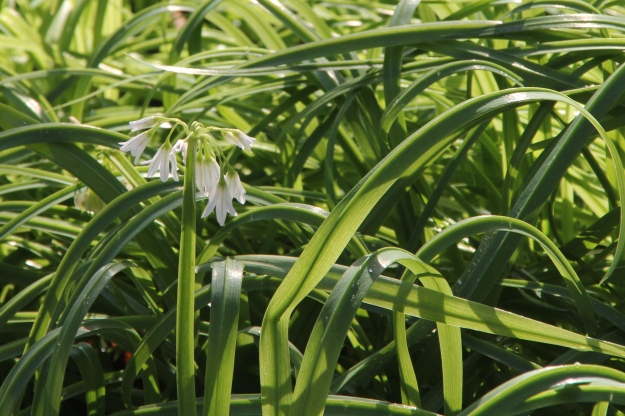This picture sums up the look on the Duver at the moment as the season changes from winter to spring. Much of the Duver is still brown, but there are increasing flashes of green. The leaves above are of one of three yellow tree lupins which reach up to about 5 foot. The perfect new leaves look so fresh and optimistic against the surrounding drab.
Another promise of the future is this perfect rosette of Digitalis, covered with an almost Jenga like formation of dried out grasses.
There’s plenty of fresh green growth on the Butterbur, 
and more flowers than I remember seeing in the past.
There are also still a lot of Wild Garlic or Ramsons, Allium ursinum, flowering, particularly in one spot at the base of an oak,
as well as, close by, Winter Cress, Barbarea vulgaris, which I haven’t noticed before.
And, whilst I like to think that spring is on its way, there doesn’t seem to be much sign in a whole month from January’s photo, on the left, to this!
Roll on March!
With thanks as ever to Gail at Clay and Limestone for hosting the Wildflower Wednesday meme.













